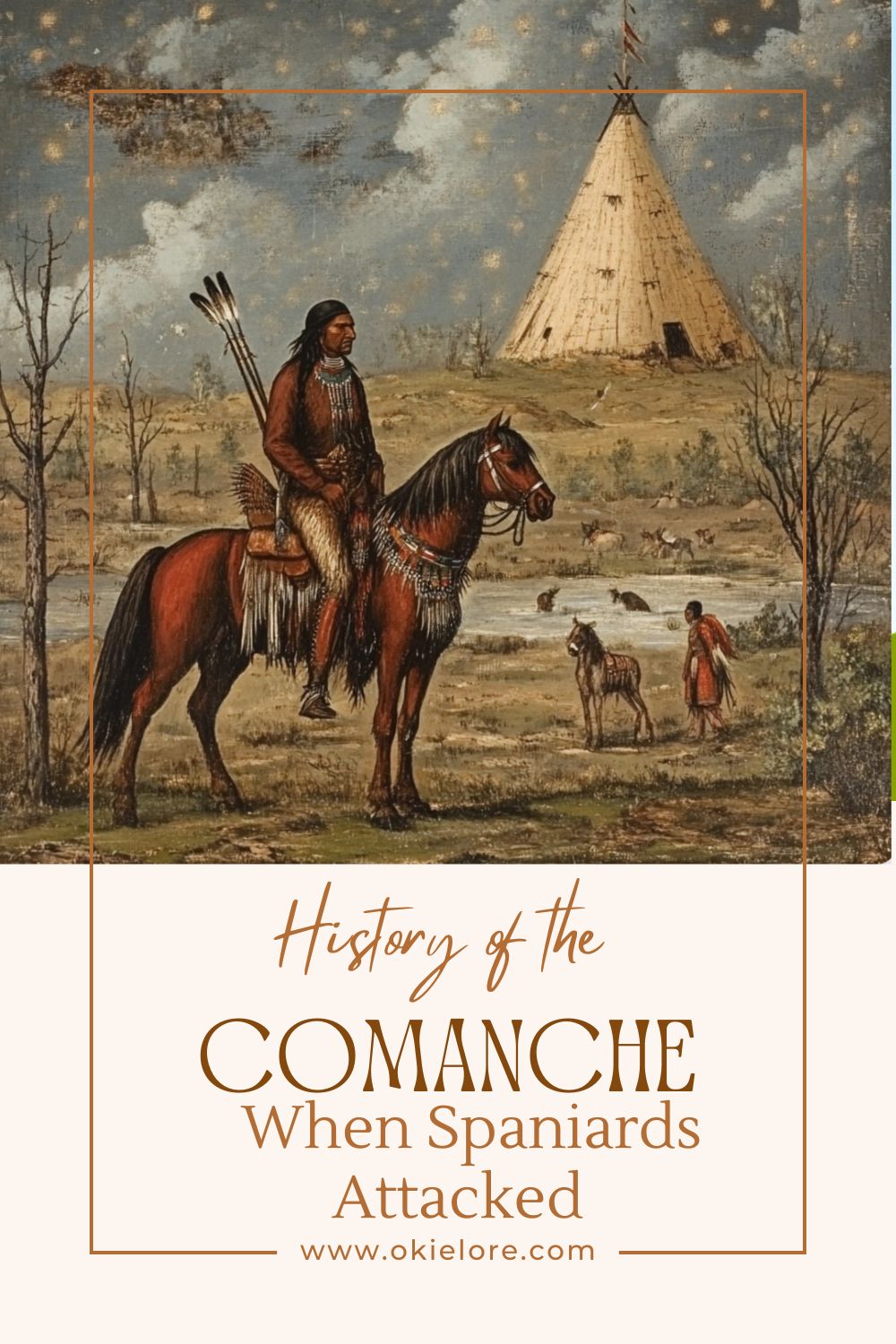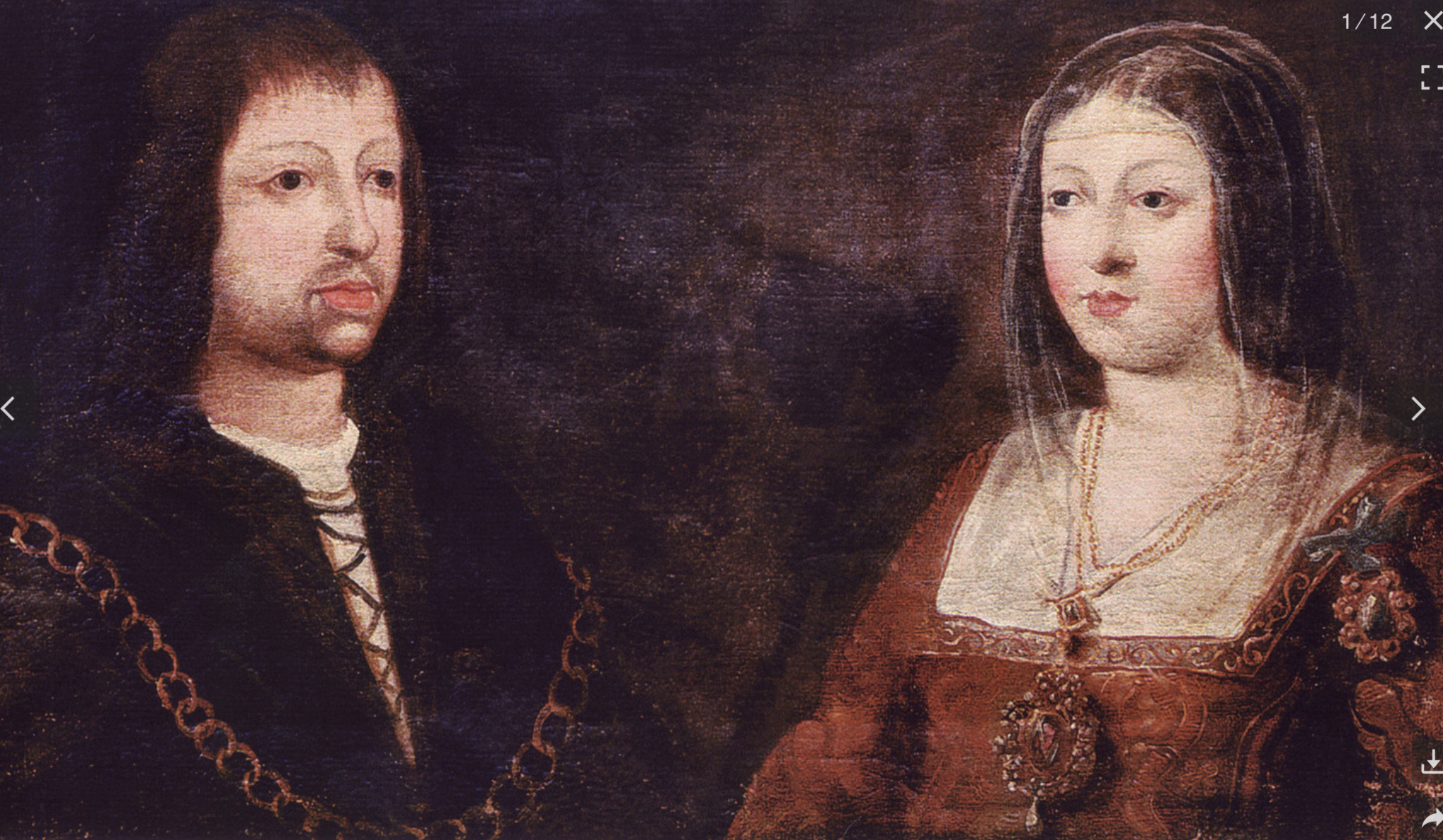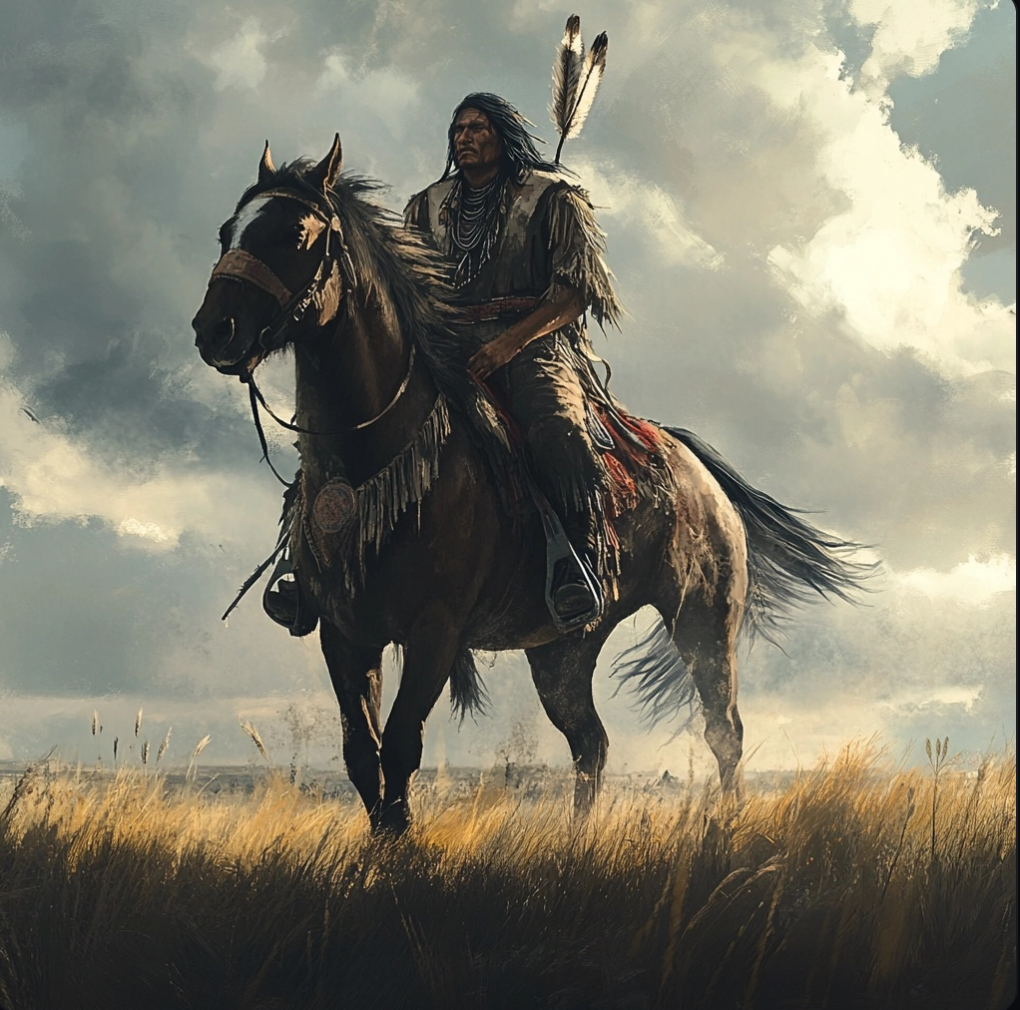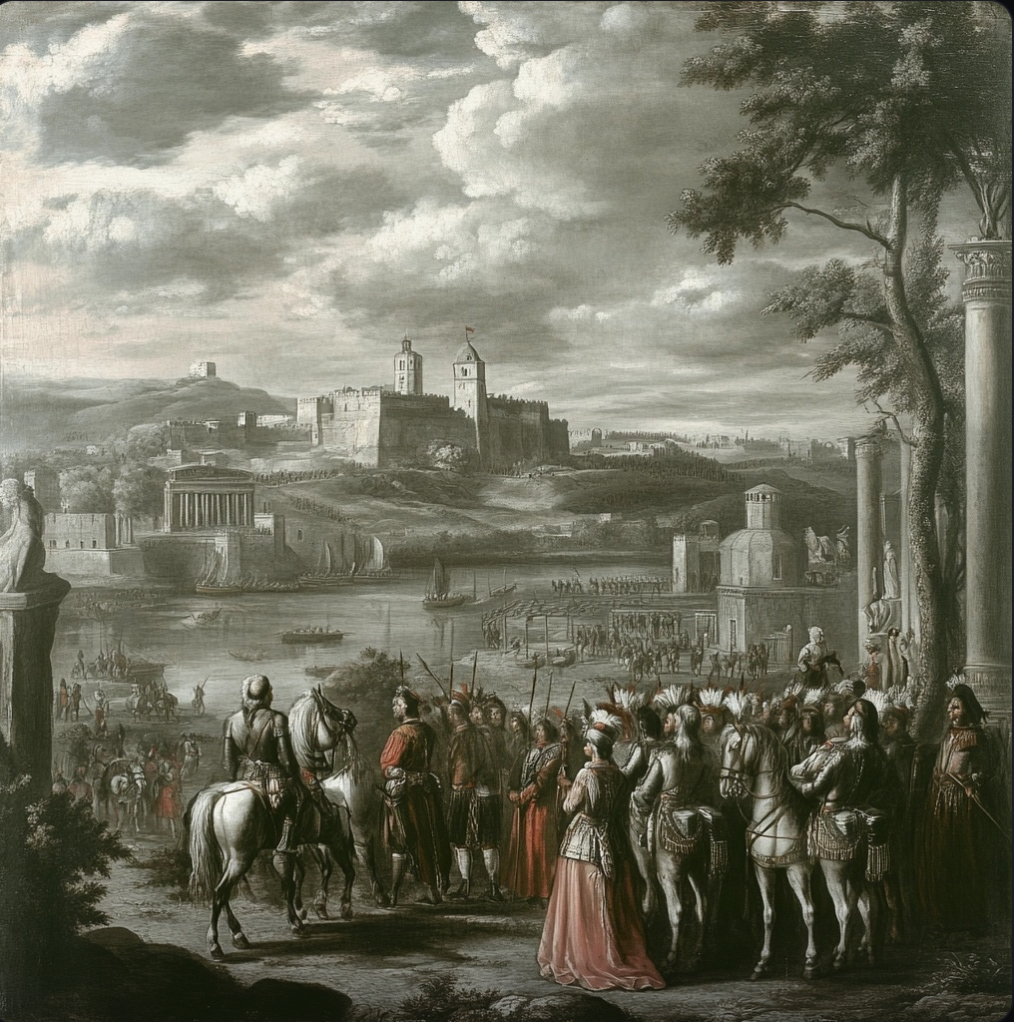History of the Comanche and the
Day a Spaniard Destroyed a Tribe
The history of the Comanche is fraught with both battles and tragedy. One dark day in Comanche and Spanish history was the day Don Juan de Padilla and his soldiers destroyed a Comanche tribe.

Like the Cheyenne, the Comanches were mistreated. And like all Indians living in the New World, they resented the intrusion of Spaniards into their lands.
History of the Comanche and the European Invasion

The Spaniards had enjoyed being global leaders, starting from the 1500s into the 1700s. The 1500s, especially, were considered the golden age of Spain. Queen Isabella and King Ferdinand II, both second cousins, had united in marriage and united Spain as well.
They’re the ones who funded Columbus on his voyage to the New World, and they quickly realized the potential of ruling that magical land.
At first, they mainly wanted gold. The earlier explorers hadn’t had much luck in that area, so the Spaniards decided that If they couldn’t have gold, then they wanted anything else of value that the New World had, and rain on the Indians who have lived there for centuries, and considered the New World their home.
The Indians, naturally, had an opposing viewpoint.
The Spaniards and Their Attempt to Tame the Indians

Once the Spanish conquistadors had conquered the New World, the Spaniards spent the next couple of centuries struggling to maintain control of the Indians living in North America. Conquering the Indians living in the pueblos in New Mexico had been doable. Conquering the Plains Indians roaming through Oklahoma and Texas was more of a challenge.
Those Indians refused to be tamed. Plus, they were nomads, making it harder for the Spaniards to locate them, let alone control them. And when the Comanches learned how to ride horses, it got even tougher.
The Comanches loved their horses. They were the first among the Plains Indians to master riding them, and they used those magnificent creatures for traveling and hunting. Most disturbing to the Spaniards, the Comanches used their horses to make frequent raids on the people living in Spanish settlements along the Rio Grande River. And then, make hasty retreats.
That's when Don Juan de Padilla stepped in.
By the way, this isn’t the Juan de Padilla, who was a priest and missionary in the 1500s. While the two men had the same name, they were two distinct people who lived in different centuries.
Don Juan de Padilla and His Raid on the Comanches
The Spaniards had had enough of the Comanches and their horse-riding, people-raiding ways, and in 1717, Don Juan de Padilla raised a force of more than 500 men from Santa Fe and other nearby settlements. Their goal? To punish the Comanches.
They marched across the Texas Panhandle toward the western border of Oklahoma, where a large Comanche camp was established. Two centuries of living in the New World had taught the Spaniards to be devious.
More devious than they had been before.
In those days, the Spaniards had let their hair grown long, same as the Indians but they kept it pulled back. But before the attack, Padilla and his men let down their hair. Then they painted their faces red hoping to look like the Indians. Their disguise worked.
What happened next was a tragic day in the history of the Comanche.

At dawn, the Spaniards attacked the Comanches. As they raced toward the Indians, the Spaniards cried, “Santiago!” Santiago was the patron saint of Spain. The Spaniards shouted it as a rallying cry, to instill a sense of national pride.
At first, the Comanches thought it was one of their war parties returning from battle. They had no idea what the term Santiago meant. Once they realized they’d been duped, the Comanches fought bravely, but were defeated. It was such a humiliating defeat for them that they wouldn’t attack a Spanish settlement again for at least fifty years.
Padilla and his soldiers killed many of the Comanches and took 700 Comanche men, women, and children as prisoners. They also rescued several Spanish citizens whom the Comanches had taken from the Rio Grande area as captives. It was a huge victory for Padilla.
A Devastating End for the Comanches

While the Spanish citizens of New Mexico were celebrating, holding religious services and patting Padilla on the back and giving him a few attaboys, the Comanche prisoners were marched to the Port of Vera Cruz. From there, they were forced to take a ship to Spain.
When the Comanches arrived, they were presented to Queen Isabella Farnese, who was the queen consort of Philip V of Spain.
The Comanche prisoners were so miserable that Queen Isabella took pity on them. While she didn’t send them home, which is what they wanted, she did send them to the Island of Cuba, where she hoped they could make a new life for themselves and be happy.
Sadly, it was not meant to be. Cuba’s tropical climate didn’t agree with the Comanches. They were used to the dry climate of the plains. Plus, their hearts were broken because they missed their tribe and their homeland.
Eventually, the Comanches succumbed to disease, until not one Comanche prisoner survived.
Learn About the Native American Mound Builders
Native American Missions and the Mennonites Who Tried to Destroy Their Culture